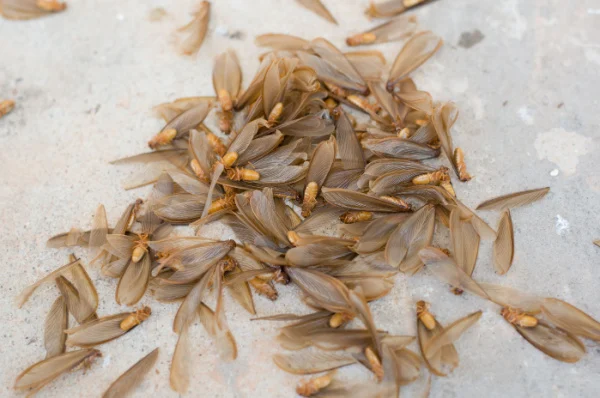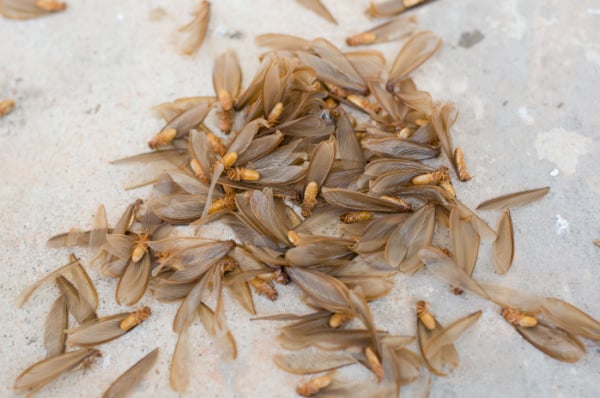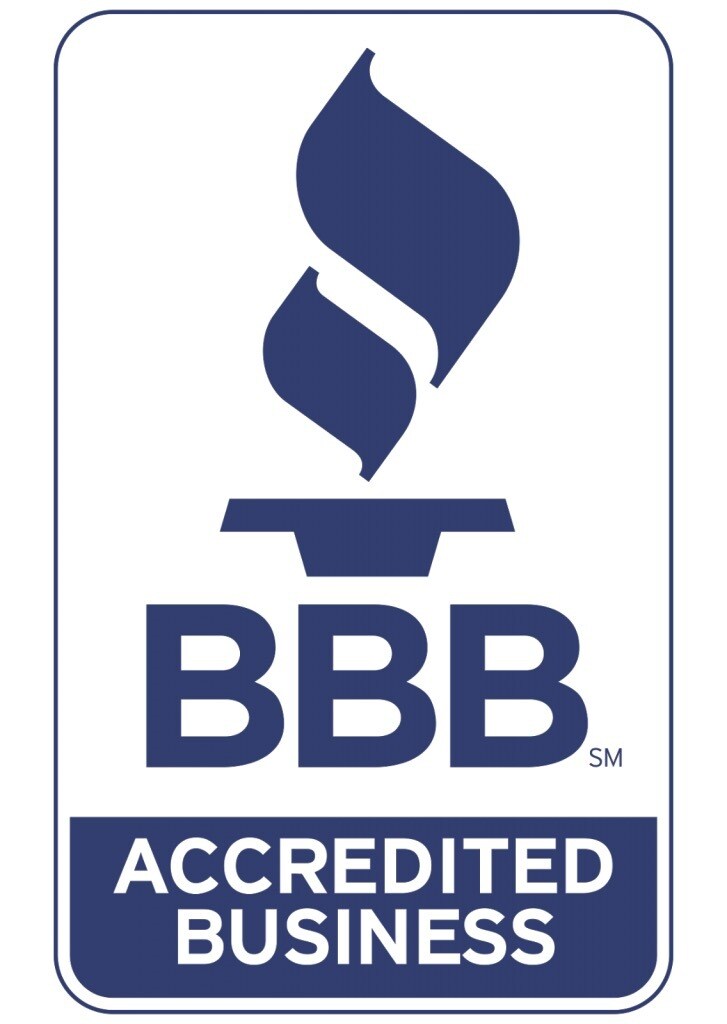How Do I Know If I Have a Termite Infestation in My Home?

 Have you ever woken up in the middle of the night, feeling like something is silently gnawing away at the very foundations of your home? Well, it may not just be your imagination playing tricks on you. Termites, those tiny yet insidious creatures, have a knack for invading our living spaces without us even realizing it until it’s too late. This article will examine the signs and symptoms that indicate a termite infestation has taken root in your beloved abode. So grab a magnifying glass and get ready to uncover these stealthy destroyers before they turn your dream home into their personal buffet.
Have you ever woken up in the middle of the night, feeling like something is silently gnawing away at the very foundations of your home? Well, it may not just be your imagination playing tricks on you. Termites, those tiny yet insidious creatures, have a knack for invading our living spaces without us even realizing it until it’s too late. This article will examine the signs and symptoms that indicate a termite infestation has taken root in your beloved abode. So grab a magnifying glass and get ready to uncover these stealthy destroyers before they turn your dream home into their personal buffet.
1. Presence of Swarmers
One of the most apparent signs of a termite infestation is the presence of swarming termites, also known as “swarmers” or “alates.” These are winged termites that emerge in large numbers from termite colonies, usually during the spring or early summer. If you notice a swarm of insects with straight bodies and equal-length wings around your home, it’s a strong indication of a termite infestation.
2. Mud Tubes
Subterranean termites build mud tubes as protective pathways between their nests in the ground and the wood they feed on. These tubes are typically brown or tan and can be found along foundation walls, in crawl spaces, or on wooden structures. If you come across mud tubes, it’s a clear sign of termite activity.
3. Hollow-Sounding Wood
Termites consume wood from the inside out, leaving a thin layer of wood or paint on the surface. If you tap or knock on a wooden surface in your home, such as walls or beams, and it sounds hollow or papery, it could indicate termite damage.
4. Frass Accumulation
After swarmers have found a mate and established a new colony, they shed their wings. Finding discarded wings near windowsills, light fixtures, or other entry points is a sign that termites have entered your home.
- Frass Accumulation
Termites produce tiny, wood-colored pellets known as “frass” as they tunnel through wood. You may find these pellets in piles around your home, particularly near infested wood or in basements or crawl spaces. Frass is often mistaken for sawdust but has a more granular appearance.
5. Sagging or Buckling Floors
Termite damage to wooden subflooring or floor joists can result in floors that appear warped, sagging, or buckling. If your floors suddenly develop these issues, it’s worth investigating for termite damage.
6. Difficulty Opening Doors or Windows
Termite damage to wooden door frames and window frames can cause these openings to become misshapen or challenging to open and close smoothly. If you experience increased resistance when operating doors or windows, termites may be to blame.
7. Damaged or Crumbling Wood
When termites feed on wood, they weaken its structural integrity. As a result, wood may become brittle, crumble easily, or display visible tunnels or grooves. Inspect wooden surfaces, especially in areas vulnerable to moisture or contact with the ground.
8. Tightening of Paint
Termites can cause paint to bubble, peel, or blister when they feed on wood underneath. If you notice unusual paint changes, particularly near wooden surfaces, it may be an indicator of termite activity.
9. Presence of Termite Droppings
Subterranean termites can leave behind tiny, pellet-like droppings known as “termite pellets” or “termite frass.” These droppings are often found near damaged wood or along baseboards. They are distinct from frass produced by drywood termites and are a sign of subterranean termite activity.
What to Do When You Suspect Termite Activity
If you suspect that your home has a termite infestation based on any of the signs mentioned above, it’s crucial to take prompt action. Here’s what you should do:
- Consult a Professional
Contact a licensed pest control professional or termite inspector to conduct a thorough inspection of your home. They have the expertise and equipment to confirm the presence of termites, identify the extent of the infestation, and recommend appropriate treatment options.
- Avoid DIY Treatments
While there are DIY termite treatment products available, they are often not as effective as professional treatments. Attempting to eliminate termites on your own can lead to inadequate control and further damage.
- Act Quickly
Termites can cause substantial damage to your home if left unchecked. Prompt action is essential to minimize the extent of the infestation and prevent further destruction.
- Implement Preventive Measures
Once the infestation is treated, work with a professional to implement preventive measures to protect your home from future termite attacks. This may include installing bait systems, treating soil around the foundation, and regular inspections.
In conclusion, recognizing the signs of a termite infestation in your home is crucial for early intervention and minimizing damage. If you suspect termite activity, it’s essential to consult with San Joaquin Pest Control to assess the situation and determine the most effective treatment and prevention strategies. Taking swift and appropriate action can help safeguard your home from the destructive effects of termites.


.webp)



